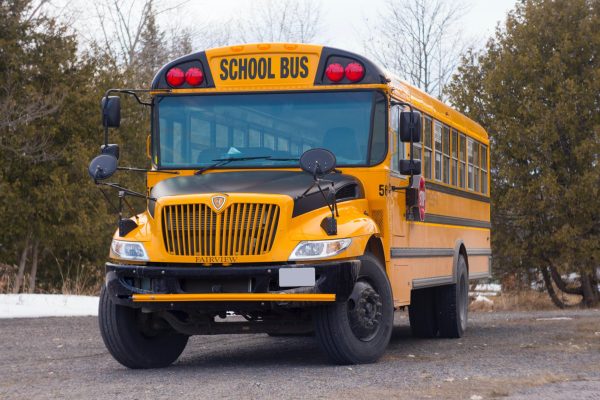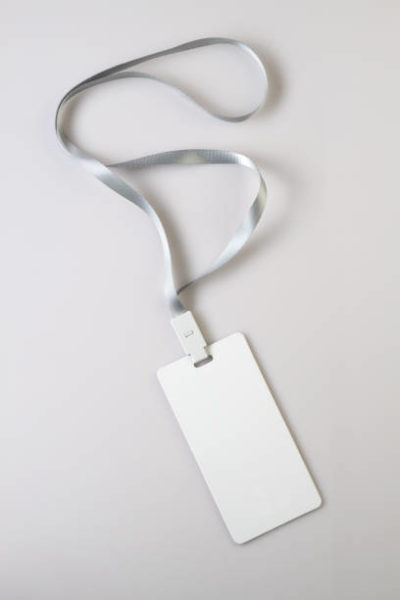How Do Students Get to Ward Melville?
While many students take the bus to school, some choose to walk
November 11, 2019
While over a dozen buses deliver hundreds of students to Ward Melville daily, some choose alternate methods of transportation. Half a thousand cars make their way toward the auditorium entrance daily, while some students simply drive themselves to school. Some students even walk, while a certain few are inclined to ride their bicycles. While the latter forms of transportation are most environmentally friendly, are they advocated by Ward Melville?
“They don’t encourage it, but it’s another option if students live close to the school,” said sophomore Eric Galinkin. The lack of encouragement for students to bike or walk to school leaves many decisive as to what they take to school: the bus or a car. Perhaps it’s convenience that influences taking the bus over a bicycle, as Galinkin continues. “I’m too tired to bike in the mornings,” he says, “and it’s much easier by bus.”
While biking to school has time commitments and safety limits, it isn’t quite the burden many believe it to be. Spanish teacher Mr. Jones shares his input on the matter, saying, “You can bike a lot of short distances just as fast by taking the bus these distances.” Students may not feel obliged or inspired to take their bicycles to school, either. Jones continues, “It’s neither supported or opposed by Ward Melville.”
Taking the bus to school is a tradition that dates back to the early 20th century, and has remained a social norm to this day. However, the environmental concern buses pose hasn’t inspired much change over the decades, even with the inclusion of more efficient transportation. “Diesel school buses are old and outdated, continues Jones. ”We could use electric buses for students.”
Though awareness for climate change is associated with practices like riding a bicycle to school, a lack of safety on highways near Melville may turn students away from doing so. Many roads cannot be avoided while biking to school. Galinkin continues, “If students don’t live close to school, and it’s not plausible, there’s nothing they can do about it.”
Most students disregard the bicycle as a form of transportation, but even one person promoting its usage can initiate a chain reaction. As Jones puts it, “There’s power in numbers; the more people doing it can send a message to society.” Taking a bicycle to Ward Melville has been a part of Jones’ life for years, and it may inspire others to follow his lead, which he says is “Such a great idea. It makes a difference.”
Various factors contribute to why students choose the bus over riding a bike, but some are frequently ignored. “You can feel out and learn backroads; there are a lot of ways to bicycle around here. It’s simple biking to school,” emphasizes Jones. Though it may be simple, students are swayed into taking the bus or a car by factors out of their control. Galinkin says, “If school started later, I would consider biking.”
In spite of its lack of popularity in Ward Melville, biking to school is not a disappearing trend. According to the Centers for Disease Control and Prevention, over 25% of students in 125 schools nationwide still walk or bike to school daily. While the convenience and ease of taking the bus or a car to school may be appealing to students, biking still offers unique benefits.














John Whitton - 1975 WMHS NHS Graduate • Jul 2, 2020 at 9:46 PM
As far as this article goes, I got to Ward Melville High School mentally in study and/or reunion retrospect, then and now. Physically I just go to the gym now for a workout as in just (2) weeks of idle time I would be out of shape. Its common sense.